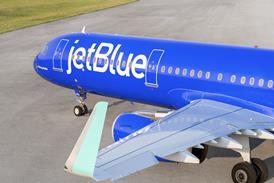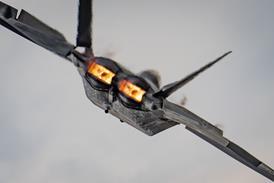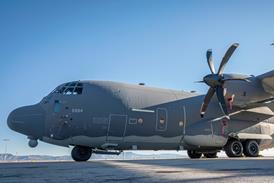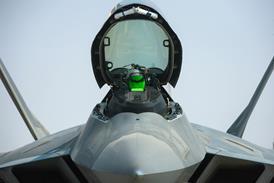Australian investigators have found that fuel starvation, likely caused by incorrect fuel system operations, led to the forced landing of a Britten-Norman BN-2A Islander.
The accident, which took place on 3 October 2022, left the aircraft – operated by Torres Strait Air – “substantially damaged” and written off, with its rear fuselage and tail broken off, says the Australian Transport Safety Board (ATSB) in its final investigation report.

The aircraft (VH-WQA) was operating a non-scheduled flight on from Saibai Island in Queensland to Horn Island, carrying six passengers and one pilot.
As the Islander was cruising at an altitude of around 6,000ft, its right engine began to surge, and the pilot observed that the engine’s speeds were fluctuating, and that the aircraft began to yaw.
Less than a minute later, the left engine began to surge as well. The pilot then selected the auxiliary fuel pumps on, and placed the pitch and power levers, as well as the left and right engine mixture levers, in the full forward position.
“The pilot reported that they did not check the fuel contents indicators at the time, as they believed the main tanks were supplying fuel to the engines and there was sufficient fuel within those tanks to complete the flight,” the ATSB says.
With the engine issues unresolved and the aircraft already descending, the pilot attempted to divert the Islander to Kubin airport on Moa Island, to the north of Horn Island.
However, he was unable to reach the runway and, with both engines already shut down, was forced to land on a road.
“During the landing the aircraft impacted the ground heavily, with the rear fuselage and tail breaking away, but fortunately, there were no reported injuries,” the report adds.
The ATSB states fuel records indicated that the pilot had used fuel from the wing-tip tanks, even when fuel remained in the aircraft’s main tanks.
This, says ATSB transport safety director Stuart Godley, “was not in accordance with the flight manual”.
“In addition, the configuration and location of the aircraft’s fuel controls and gauges were probably not conducive to rapid and accurate interpretation, with the main tank gauges and cocks located overhead the windscreen centre post and the wing-tip tank contents indicators on the right side of the cockpit,” adds Godley.
The ATSB also found that an optional modification to centralise the fuel system controls and gauges – issued by B-N months before the accident – was not fitted on the aircraft.
“Accidents involving fuel mismanagement are an ongoing aviation safety concern. Pilots are reminded of the importance of understanding an aircraft’s fuel supply system and being familiar and proficient in its use,” the agency adds.
According to Cirium fleets data, the aircraft involved in the accident was manufactured in 1978, flying mainly with Australian air taxi operators. It entered service with Torres Strait Air in 2018.
Queensland-based Torres Strait Air operates a fleet of six other BN-2s, and flies on-demand services to airstrips throughout the Torres Strait – which is located at the northernmost point of Australia – and to locations including Cairns, Queensland, and international services to Port Moresby in Papua New Guinea.
In August, the operator signed a letter of intent to take 10 new Islanders, as part of a $25 million, five-year fleet renewal plan.


























